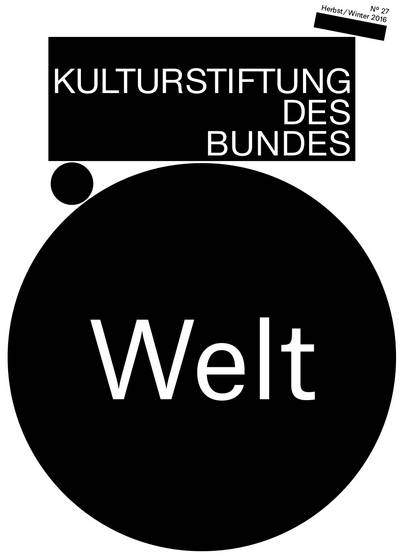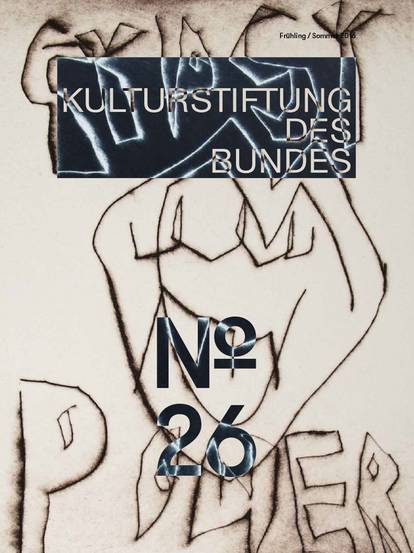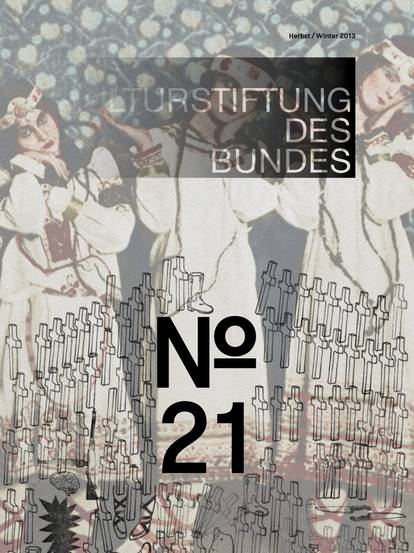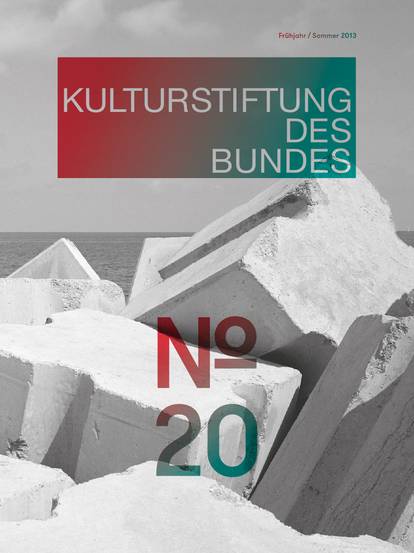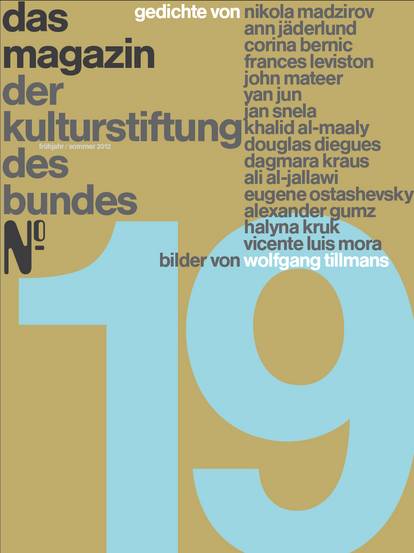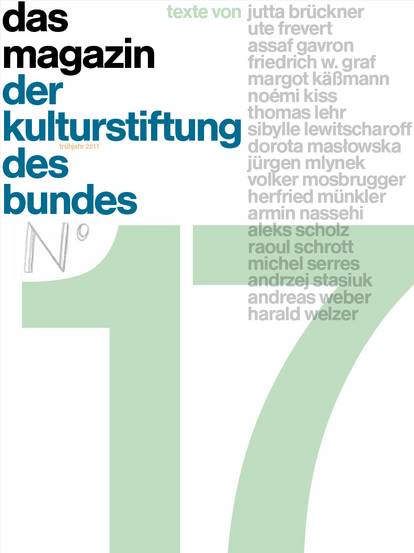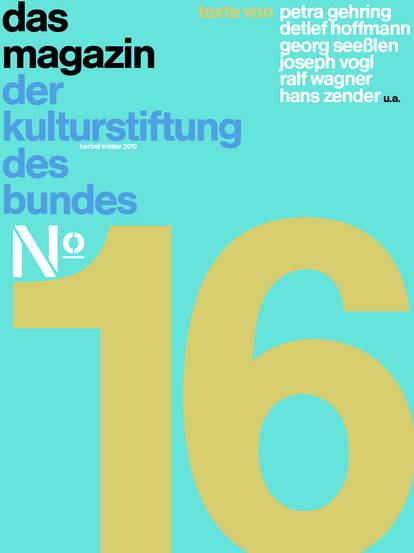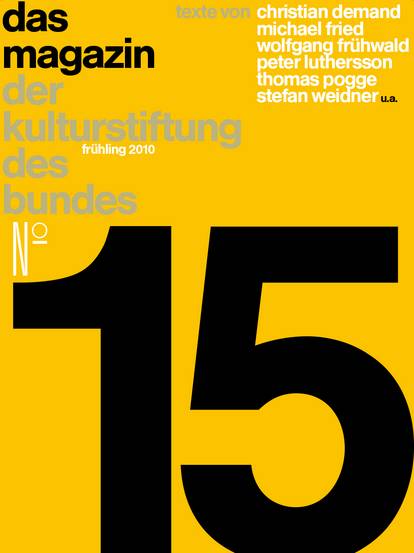Many encounters harbour the danger of eventually becoming a relationship. Every interaction already reveals one. And vice versa – every relationship presumes a mutual interest, interaction, engagement.
If one were to seriously explore Ukrainian cultural history, one would discover relatively quickly that all of its main lines of development and central episodes were integral components of pan-European culture and history – all inextricably linked, in fact. It would be impossible to explain the “Ukrainian idea” without the pan-European context. It would be meaningless – a torso without a body. The question is though, what is this “pan-European culture”? Who defines it and how do we locate Ukrainian culture within it?
Countries situated in Western Europe do not have any real relationship to Ukraine, its culture and history, or to be more exact, hardly any, and to be honest, actually none at all. Very few have become familiar with the country and hardly any show interest in doing so in future. And why should they? People imagine Ukraine as being a very young country (which only recently appeared on the map, so to speak), lacking any notable history. Despite its size, it is not important enough, not interesting enough, not mysterious or sexy enough to warrant getting to know better. In light of the the most recent events, however, some might consider it to be dangerous, if anything. Is it even worthwhile to occupy oneself with countries like Ukraine? Can one draw any cultural benefit from them? Or would it actually be counter-productive? Perhaps it would be depressing to learn more about the extent of the presumed tragedies which have occurred there and are perhaps still taking place – events which it would have been better to remain oblivious to.
It appears more convenient to clothe oneself in wonderful ignorance for it leaves all possibilities open – a magnificent foreignness, exoticism even, which strengthens one’s conviction that it’s unrelated and has nothing to do with us. Do we truly wish to sacrifice those surfaces upon which we can so wonderfully project our preconceptions?
People usually take interest in a certain region because the country, or the city, emits a certain aura. The clearer the contours of the aura are, the more brilliantly it radiates. Such is the aura of Vienna, for instance, or of Andalusia or Samarkand.
This aura is based on sedimentary knowledge of history and also functions without knowing or learning about the culture beforehand. The prerequisite is that one considers its history significant. And this in turn corresponds to the significance of a country. Significance is measured either by today’s (geo-)political importance or by the significance of its contribution to human civilisation.
Ukraine is not among those countries of significance. Its history is neither taught nor learned beyond its national borders. Accordingly, no one knows anything about the culture there. Ukraine is one of those countries which radiates virtually no aura. There are several unauratic countries around – in Europe alone we could name Slovakia, Albania, Belarus, Moldavia, Bosnia-Herzegovina, Macedonia, Romania, Bulgaria, Slovenia, Lithuania, Latvia and Estonia. Hungary and Poland, on the other hand, belong to another category, for even though they possess no real signficance today, they were world powers at one time. They have historical significance.
The fainter the aura surrounding a country, the more space exists for negative stereotypes (for in most cases, “aura” means nothing more than positive clichés).
If uprisings, war or violence should break out in these unauratic countries and last long enough for more distant countries to realise that it’s not only affecting the country of origin, but also countries and larger regions of auratic culture, people are forced to address the current situation on location. If the violence escalates and the developments become chaotic, people then gradually take interest in the history of the country. If people regard the situation as threatening, that’s when they also examine the country’s culture. For culture is commonly used to oppose war; people see it as the ideal counterweight and remedy against war and violence. It’s debatable whether this is truly the case, but we want to maintain the illusion. What is remarkable, though, is that people only start asking about the culture of unauratic countries when something happens there which not only poses a threat to the “there”, but also to the auratic “here”.
This circumstance reveals something about the relationship of violence, culture and perception. Violence is an important foundation, perhaps even an indispensible requirement of “great cultures”. Frequently “small cultures” are only noticed when violence erupts. Which is no wonder as the great (auratic) cultures are based on violence. Flemish tapestries, paintings by Titian, Velásquez and Rubens, treasuries and armories, antique, oriental and ethnological collections, the exceptional density and quality of churches, monasteries, castles and palaces, of magnificent, lordly gardens and parks, orangeries, the quality of universities, academies and libraries, first-class museums and galleries do not simply happen. They are almost always the result of imperial rule, almost always in multi-ethnic empires. Or at least in the scope of influence of a world power.
Ukraine, however, also has much to show for itself: icons, Byzantine-influenced Romanesque art, heroic epics, wooden churches, embroidered blouses, Gogol, Bulgakov, Malevich, Celan, Bruno Schulz, Joseph Roth. Yet everything which originated from contemporary Ukraine also owes to the rise of multi-ethnic empires, in this case several at the same time. People don’t associate this fact with Ukrainian culture because Ukraine has never played a role as a political and historic entity.
On the other hand, Ukrainians themselves aren’t sufficiently familiar with their “own” culture to turn it into a narcisstic resource. All too often they are torn between compensatory delusions of grandeur (~ Our culture is the oldest and all the important artists are actually Ukrainians) and hopeless resignation (~ It’s all worthless, we have absolutely nothing to offer; if we wanted to compete with “real” cultures, it would be an utter disaster, it’s better to concede defeat and join up with a large and important culture).
Here we see another phenomenon revealed – our inclination to compare the cultural achievements of former multi-ethnic empires with the titulary, or imperial nation, and to not even take note of the cultures of other peoples or reduce them to mere folklore, to that of rural culture. Austria today is pure culture, Ukraine is a cultural no-man’s land.
Revolts were necessary to draw attention to a European country like Ukraine. War had to be waged against this country as retribution for the attempted revolts so that people would finally start asking about its culture. There it is, that intimate, psychological relationship between violence and culture which reveals our penchant for equating “great”, “true” and “high” cultures with the (post-)imperial. No matter how much historical education and reappraisal has been conducted, regardless of how sharply and astutely conquests, wars and subjugation are condemned – the fascination with (post-)imperial cultures doesn’t appear to have suffered from it at all. It’s as if they belonged to a special area of pure and immaculate spirit, isolated from all aspects of violence. One can be proud of (post-)imperial culture without having a bad conscience. What’s more, it’s the violence which makes this culture sexy.
On the one hand, people postulate that violence and culture are opposites. On the other, imperial thinking slips in through the back door again. In the distinction between the centre and the periphery, it celebrates a happy revival and proves incredibly resilient. The tendency to localise culture as either central or peripheral, and then perpetuate these loci, is incredibly tenacious. In contrast to appearances and despite their ubiquity, the terms (cultural) “metropolis” and “province” are indeed among the least reflected concepts.
These peripheral, unauratic countries are situated beyond the fringe of public perception. This reveals a traditional weakness of the West, as it does of the rest of world which strives to emulate its canon: the difficulty or impossibility to imagine a truly attractive culture as anything other than (post-)imperial.
This lack of imagination conceals a number of difficulties which one would rather not address. A genuine discussion is demanding and one cannot be sure whether it would be worth the effort. In this way, one fends off such complexity with two strategies: either one declares Ukrainian history to be too chaotic and consequently impossible to understand. One surrenders in the face of the complex necessity of developing a narrative for the Ukrainian culture. Or one classifies it as a subchapter of a “real” history (e.g. Russian history, Habsburg history).
There’s something quite apparent about both strategies: the cardinal difficulty of the West – despite all assertions otherwise and despite efforts to improve itself and the suppressed derivatives of hegemonial mentality – to recognise the use and necessity of other models of history aside from its own (post-)imperial model.
Yet this could represent a way of diminishing cultural ignorance or arrogance to some extent. Because addressing it would entail trying to understand the predominantly underlying, but incessantly all-powerful mechanisms, with which various cultures in Europe – and their various histories – are categorised hierarchically, evaluated and perceived (or not).
A precise examination of a country’s cultural history makes it enormously difficult to preserve projections and prejudices, the belief that one knows everything better anyway. It undermines the tendency to also define “provincialities”, “fringes” and “peripheries” in geographical terms and insist on maintaining an overview of this arranged order. Instead one is forced to take the corresponding community seriously without succumbing to the false pathos of the natural equality of all cultures.
If we were to truly take Europe seriously, we would hardly envision it as anything other than a cultural continuum, not in the sense of a peaceful lack of contradiction, but rather as a structure which one cannot adequately grasp without the larger context – not the magnificent size of large cultures, nor the presumed misery of the unauratic ones. We have to ask ourselves the decisive question as to whether we only want the excellent aspects in the great concert of European culture – only the highlights. If so, we stand to lose coherence and cohesion. Without these other aspects, there will always be gaps, and the less attention they receive, the larger they will become. Why are we willing to let these gaps form, why do we tolerate them? The unauratic cultural histories reveal, among other things, that which is suppressed, disparaged and shameful in European culture, let alone criminal.
For culture is not only there to celebrate magnificence, brilliance and glory, but also to allow us to reflect on the deepest nadirs of our existence. In unauratic cultures, these are not as well concealed by decoration. There’s always material for tragedy, for decoration less so.
It might do the “great cultures” good to look at themselves in the mirror of the unauratic, at their developments, institutions and relations. It would be even better, though, if both would see each other as a mutually linked, yet recurrently disjointed continuum.

![[Translate to English:] Magazine 38](/fileadmin/_processed_/f/1/csm_Magazin38_Cover-Vorschau_921x1230_689f428dc3.jpg)
![[Translate to English:] Magazine 37](/fileadmin/_processed_/b/c/csm_Mag37_Cover-Vorschau_921x1230_b5129fdb2a.jpg)
![[Translate to English:] Magazine 36](/fileadmin/_processed_/2/a/csm_Cover_Magazin36__issuu_2f3cef97bb.jpg)

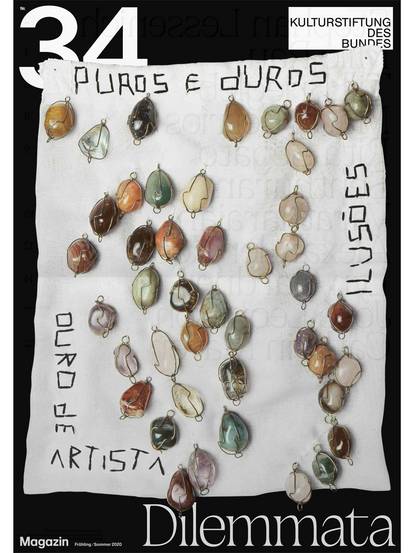
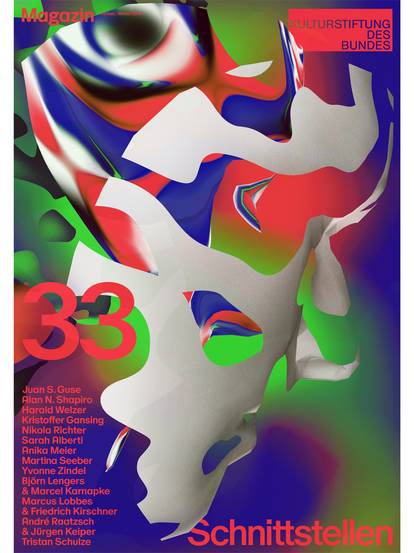
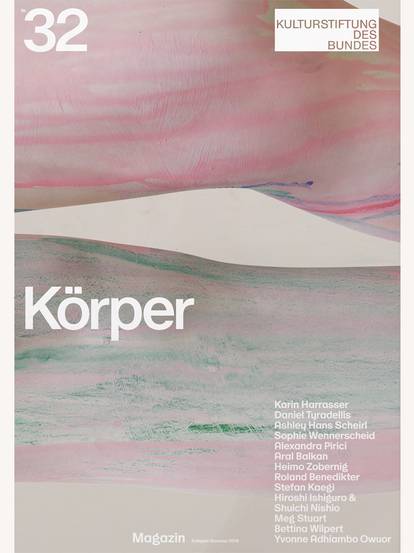
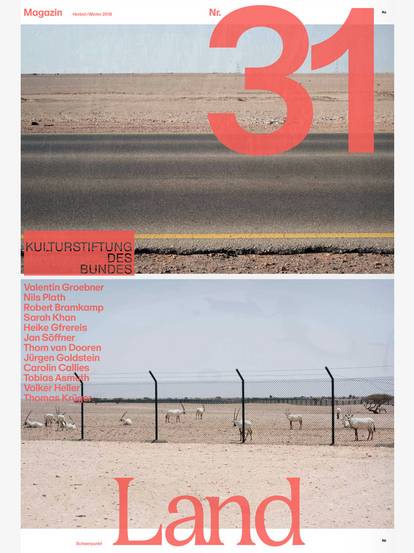
![[Translate to English:] Magazine 30](/fileadmin/_processed_/c/b/csm_magazin30_vorschau_9005f773d3.jpg)


